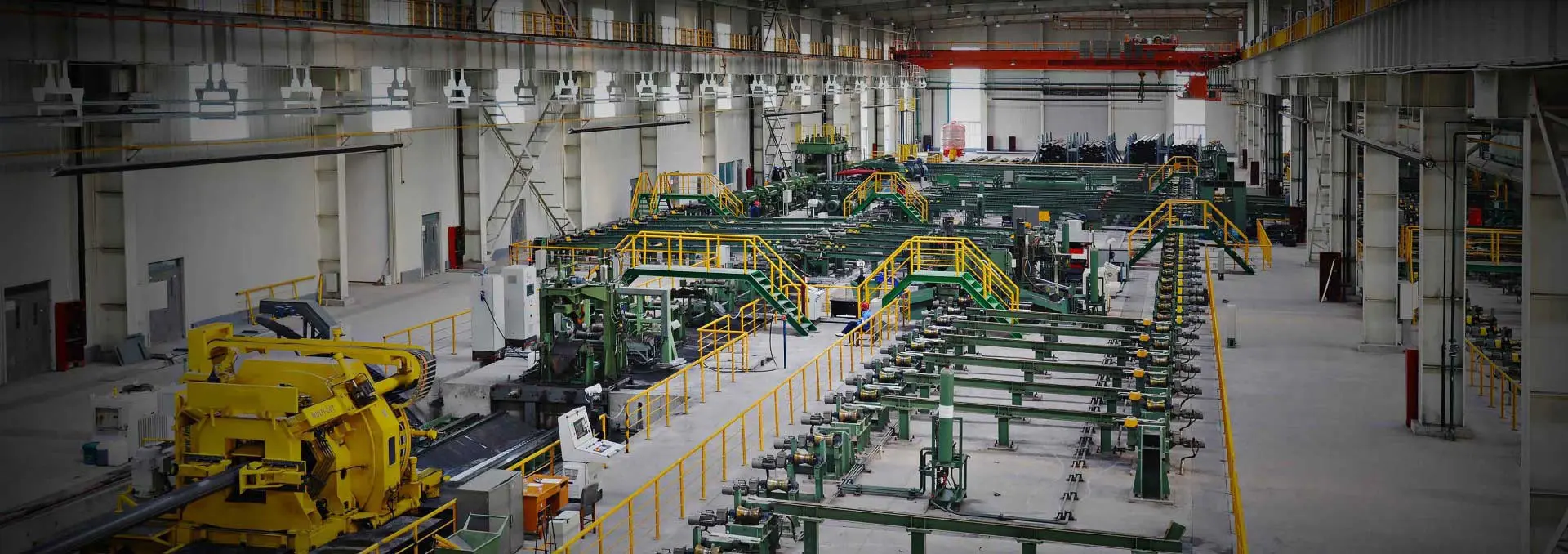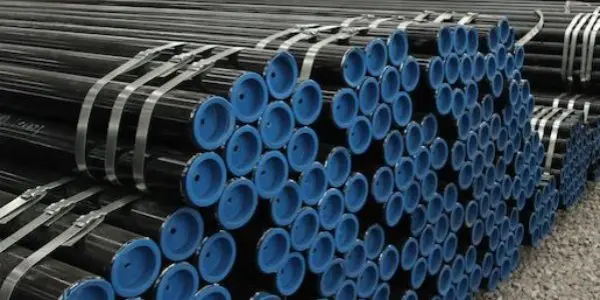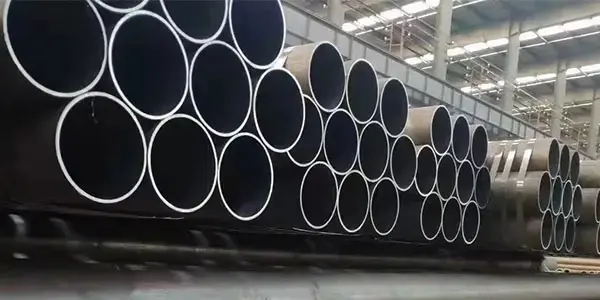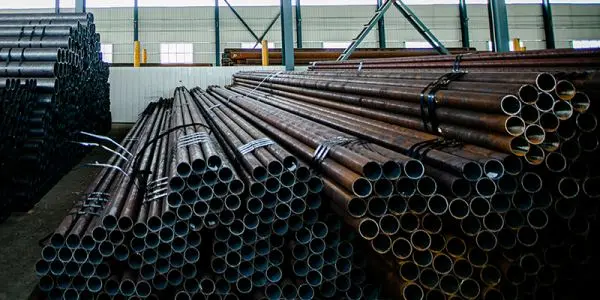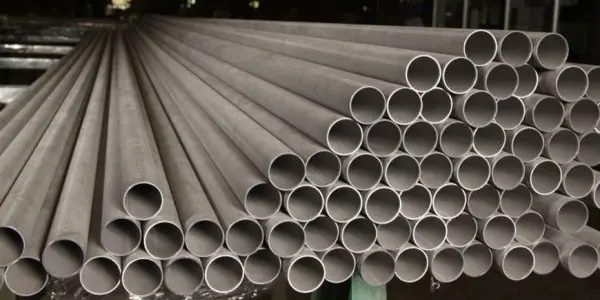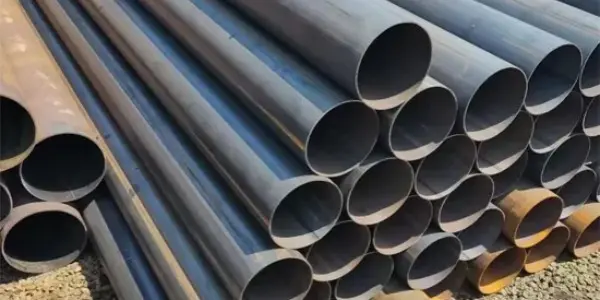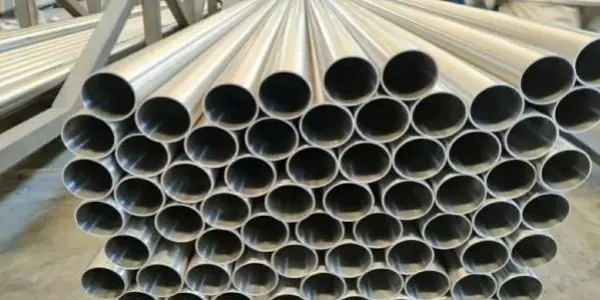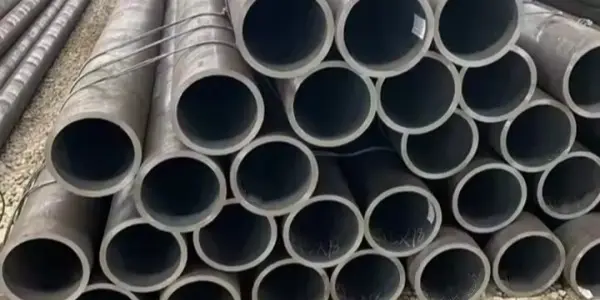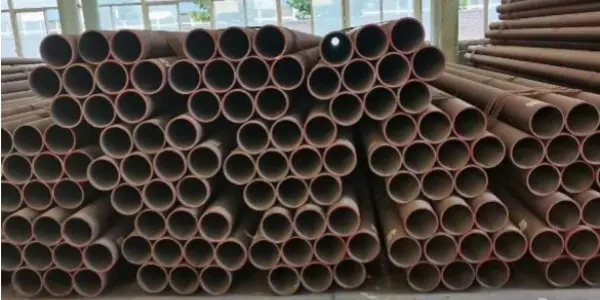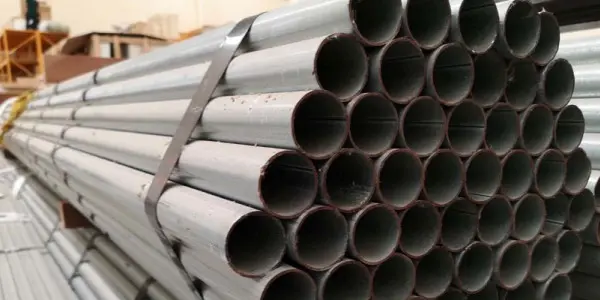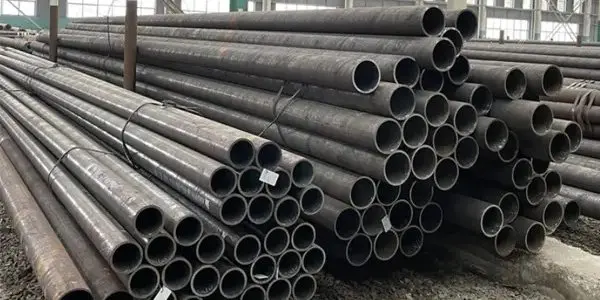-
Customization guide for seamless carbon steel pipe
Seamless carbon steel pipes are widely used across industries such as oil and gas, construction, and energy infrastructure due to their high strength, durability, and corrosion resistance. To fully leverage their performance in diverse applications, tailored customization is often essential to meet specific project requirements. This article outlines the key aspects of seamless pipe customization—from material selection and dimensional modification to surface treatments, feature additions, and real-world application alignment—offering valuable insights for professionals in machinery manufacturing, construction, and engineering fields.
Read More
-
Material factors of seamless carbon steel pipes
Seamless carbon steel pipe is a long steel tube with a hollow cross-section, widely used for transporting fluids such as oil, natural gas, coal gas, water, and certain solid materials. Compared to solid steel bars like round steel, seamless pipes offer the same bending and torsional strength while being lighter in weight. This makes them an economical cross-sectional material commonly used in the manufacturing of structural and mechanical components, including oil drilling pipes, automotive drive shafts, bicycle frames, and steel scaffolding in construction.
Read More
-
Details of high-quality X52N seamless steel pipes
With the rapid growth of China's economy, the energy industry has experienced significant expansion. As a critical component in this sector, the quality and performance of seamless steel pipes directly impact the safety and stability of energy operations. Among them, X52N seamless steel pipes stand out for their superior material properties and reliable performance, playing a key role in supporting the development of the energy industry.
Read More
-
Welding details of stainless steel pipes
Stainless steel can be categorized into four types based on its metallographic structure at room temperature: austenitic, martensitic, ferritic, and duplex stainless steel. This article will briefly introduce welding details of stainless steel pipes. This article will briefly introduce welding details of stainless steel pipes.
Read More
-
Welding requirements of hot rolled seamless steel pipes
Hot-rolled seamless steel pipe is a key product in the seamless steel pipe family. Manufactured from round steel billets through high-temperature heating, piercing, and rolling, the process allows internal defects to be reduced, resulting in a denser microstructure. However, due to the unique properties of hot-rolled seamless pipes, their welding demands higher precision and control to ensure mechanical performance, durability, and structural integrity. The following aspects are critical.
Read More
-
TP304L stainless steel seamless pipe comprehensive analysis
TP304L is an ultra-low carbon austenitic stainless steel seamless pipe, well-regarded for its outstanding corrosion resistance, excellent weldability, and reliable low-temperature toughness. Its defining characteristic is a carbon content of ≤0.03%, which significantly reduces the risk of intergranular corrosion, particularly after welding or heat treatment. Here's an overview of TP304L stainless steel seamless pipe.
Read More
-
T91 high-pressure boiler tube usage guide
As a critical component in modern industrial systems, T91 high-pressure boiler tubes are widely applied in high-temperature and high-pressure environments due to their exceptional strength, heat resistance, and stability. To ensure safe and efficient operation, this guide outlines key considerations for the selection, installation, usage, and maintenance of T91 tubes.
Read More
-
Carbon steel seamless pipe weight calculate
Carbon steel seamless pipes are extensively utilized across various industries—including boilers, petrochemicals, hydraulic systems, and structural engineering—thanks to their outstanding mechanical strength and corrosion resistance. Accurate weight calculation is essential for engineering design, material procurement, and cost estimation.
Read More
-
What is non-standard seamless steel pipe?
"Non-standard" seamless steel pipes refer to products that deviate from established national (GB), industry, or international standards. This article provides a concise overview of their definition, characteristics, typical applications, and essential points to consider when ordering.
Read More
-
Details of high-pressure boiler seamless steel pipes
Seamless steel pipes are extensively used in industries such as petroleum, chemicals, power generation, and boilers due to their ability to withstand high pressure and their wide applicability. Among them, seamless steel pipes for high-pressure boilers are critical components that play a key role in ensuring boiler safety and enhancing energy efficiency.
Read More

 English
English Español
Español




 Tel : +86-18565811709
Tel : +86-18565811709 Email :
Email : 